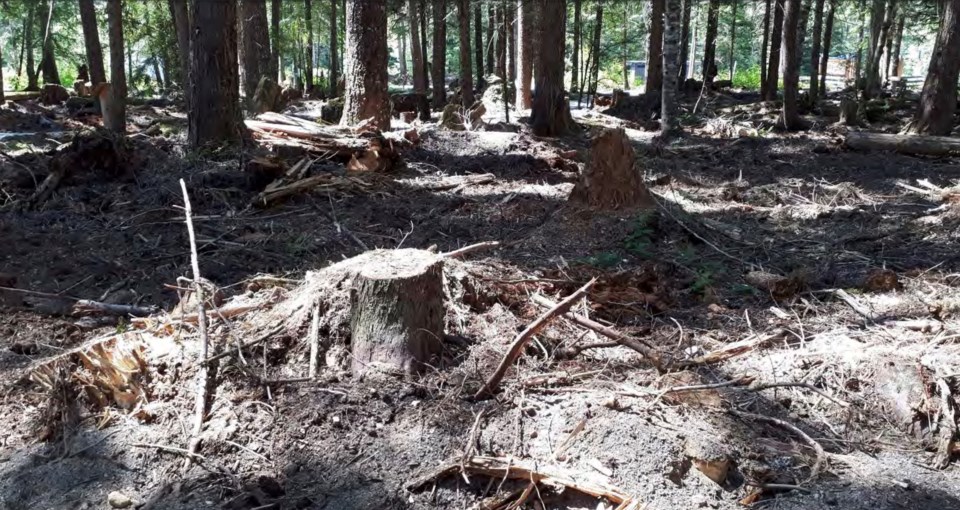If I was a cricket, toad, bear, deer or any of the rest of the flora and fauna in the Whistler corridor, I would object to seeing more of my habitat destroyed by fuel-reduction management (logging).
It’s audacious to say these areas of fuel-management will protect us (see Pique, Sept. 1, “Critics or crickets!”). The area around Kelowna is semi-desert (which is a naturally thinned forest), wasn’t protected by the force of nature, and lakes the size of the Okanagan and Shuswap didn’t act as fire breaks either. The forest manages itself, as it has for millions of years, and is dictated by its environment, not by humans, who tend to make things worse.
Take a walk or ride up along the Cheakamus or White Gold Zappa Trails and see the destruction the logging did to the habitat.
My experience (24 years) is these trails open and dry up a lot earlier than before they’re logged. Take a look at all the forest around us in the corridor—how logical is it to thin (log) all this terrain?
Early detection, suppression and education are our best tools to preventing a massive firestorm.
As more logging is planned for 2025 up the Cheakamus, I wonder what is the main industry for Whistler.
Beware a plague of crickets.




